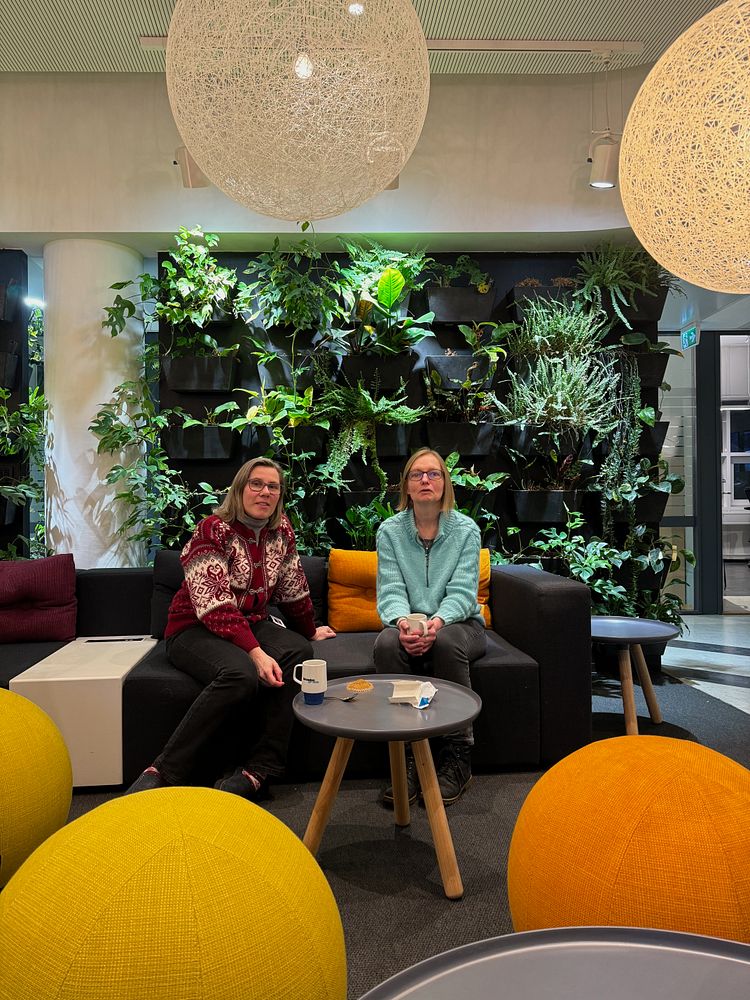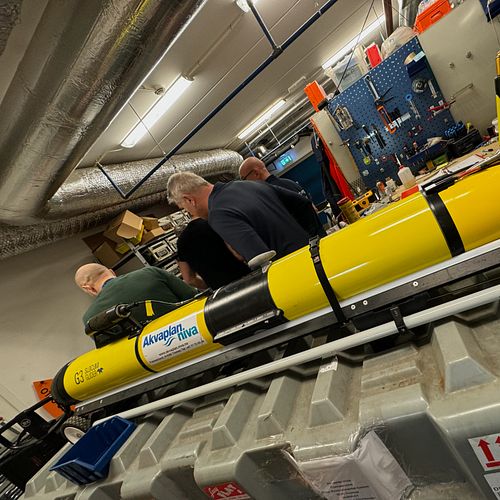7 March 2024 news
On January 29th, the CLIM2Ant project, funded by the Research Council of Norway (RCN), commenced to start on its four-year endeavor with a vibrant kickoff meeting conducted both in-person and online. It brought together world-leading scientists from the Norwegian Polar Institute, NORCE, the University of Lapland, the University of Tasmania, and the University of Bergen. The meeting was filled with engaged discussions and brainstorming sessions focusing on the project's direction, exploring opportunities, and crafting synergies while also addressing potential challenges and resource needs. By establishing robust links with premier research projects across Norway, the EU, Finland, and Australia, the CLIM2Ant project aims to significantly advance our understanding of Antarctic climate science.
A week earlier, i.e., on January 23rd, the Migratory Crossroads project, also funded by the RCN kicked off in a hybrid meeting held at the Akvaplan-niva Tromsø office and online. Migratory Crossroads is a ‘researcher project for young talents’ (‘forskerprosjekt for unge talenter’) under the thematic priority area, ‘OCEANS’. It focuses on multifaceted implications of climate change on one of the great animal migrations of our planet.

From left project leader of Migratory Crossroads, Kanchana Bandara, with Akvaplan-niva colleagues Pierre Priou and Virginie Ramasco (Photo: Trude Borch/Akvaplan-niva).
Sixteen (16) scientists and a science journalist from Norway, Denmark and the United States attended the kickoff meeting. A special highlight was the attendance of a pioneer plankton ecologist, Prof. Mark D. Ohman of Scripps Institution of Oceanography, who is contributing to the project as a mentor. Apart from introduction to the project by the project leader and its work packages by respective work package leaders, there was a discussion on the planning and integration of modelling and fieldwork components of the project. Plans for the near future includes the designing simulation models (January – May), field campaign phase-I (May – June) and a data management workshop together with an in-person mid-term meeting in early 2025.

The research technology that will be utilized in the Migratory Crossroads project (Photo: Kanchana Bandara/Akvaplan-niva).

Participants in the Migratory Crossroads project, left Claudia Halsband (Akvaplan-niva) and Sünnje Linnéa Basedow (UiT The Arctic University of Norway).
Both project meetings were followed up with a dinner, organized respectively at the residence of Qin Zhou (project manager for CLIMA2Ant) and at a local restaurant for Migratory Crossroads.

Lucky project team for a post kick-off meeting culinary event in the home of the project leader of CLIM2Ant, Qin Zhou. From left to right, Kenichi Matsuoka (NPI), Michele Petrini (NORCE), Qin Zhou (Akvaplan-niva), Tore Hattermann (NPI), and Heiko Goelzer (NORCE).






